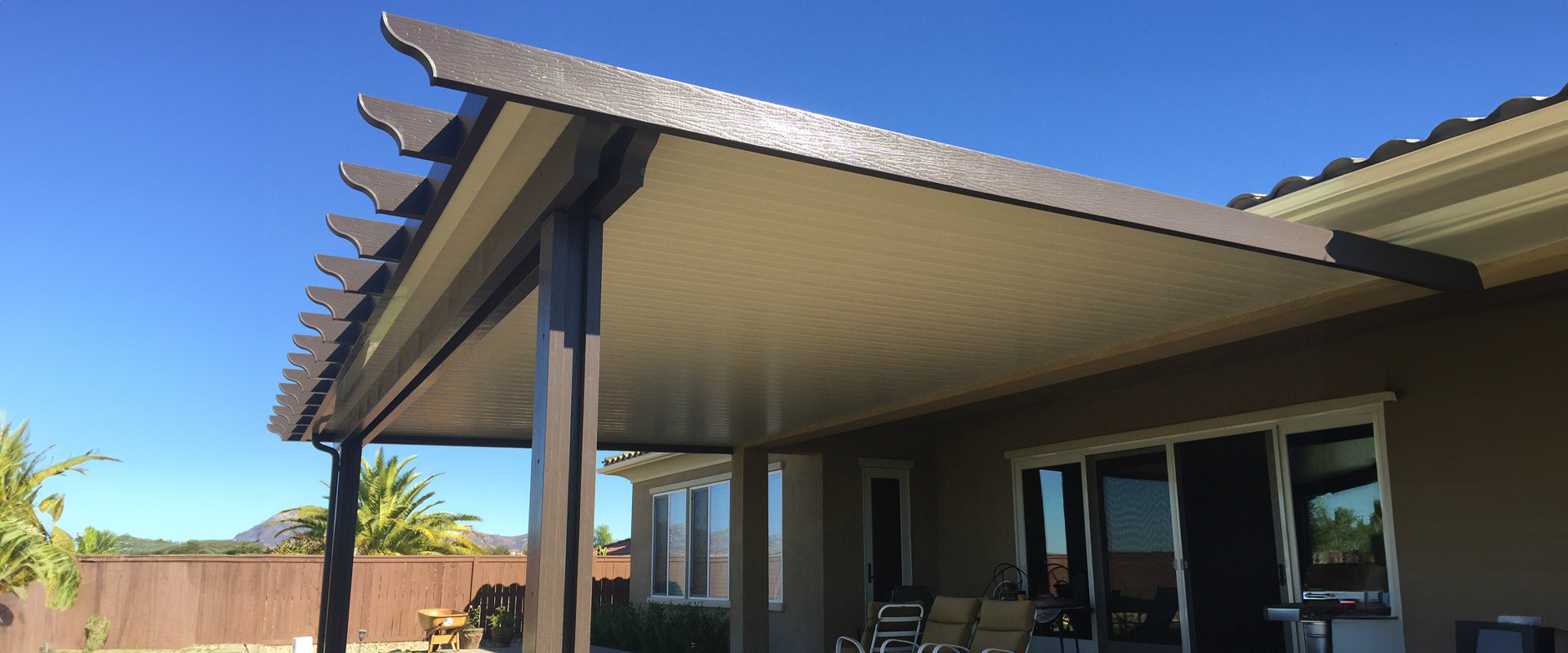What Should I Know Before Adding a Sunroom?
 The planning and design stage of a sunroom project is when homeowners work through all the myriad details that must be sorted out to ensure their new home addition suits their needs, complements their residence, and fits their budget. Each decision will affect the next, retaining or eliminating options depending on the choices made. For instance, opting for a glass-roofed enclosure will maximize the amount of light entering the room, but since they’re more expensive than solid roofs, it may mean reducing the size of the sunroom in order to keep costs within a specific range.
The planning and design stage of a sunroom project is when homeowners work through all the myriad details that must be sorted out to ensure their new home addition suits their needs, complements their residence, and fits their budget. Each decision will affect the next, retaining or eliminating options depending on the choices made. For instance, opting for a glass-roofed enclosure will maximize the amount of light entering the room, but since they’re more expensive than solid roofs, it may mean reducing the size of the sunroom in order to keep costs within a specific range.
To increase the likelihood of your home improvement project running smoothly, it’s a good idea to educate yourself in a few sunroom fundamentals so you’ll be better able to provide an informed opinion when the time comes to discuss your project with a contractor. Generally speaking, there are five basic considerations to keep in mind when planning a sunroom:
- Purpose – How you intend to use your sunroom will affect every other decision that follows. Many homeowners find it helpful to write out a list of activities they hope to enjoy once their addition is complete. Rank them in terms of their importance and keep the list handy as you work through the rest of your deliberations.
- Location – A sunroom with a southern exposure will get the most amount of light during the day. While this may be ideal for homes in northern climates, homeowners in southern climates may want to consider a northward-facing sunroom since it will make it easier to cool during warm months.
- Style – Sunrooms come in a nearly endless variety of configurations, but they tend to fall into a few broad categories. Conservatories and solariums are glass-roofed enclosures that are mostly windows held in place by a vinyl or metal framework. Solid-roofed sunrooms include garden rooms, porch enclosures, and traditional sunrooms.
- Materials – Today, the most popular framing materials for sunrooms include vinyl, aluminum, and wood. Window options include both glass and polycarbonate in a variety of configurations that range from single-pane models to high-efficiency, triple-pane packages with gas fills and low-emissivity coatings.
- Climate control – If a sunroom is heated and cooled by the same system as the rest of the house, it’s considered a four-season room. If an enclosure has its own heating and cooling system or is not climate controlled, it’s considered a three-season room. Four-season rooms are more expensive to install, but allow homeowners in colder regions to use their extensions year-round. In milder climates, a three-season room may be a more affordable alternative.
If you live in San Diego, CA, or a surrounding community and would like some professional advice planning out your sunroom addition, contact Pacific Patio today. One of our helpful design specialists will be happy to visit your home and provide a no-obligation consultation in order to answer any questions you may have.




